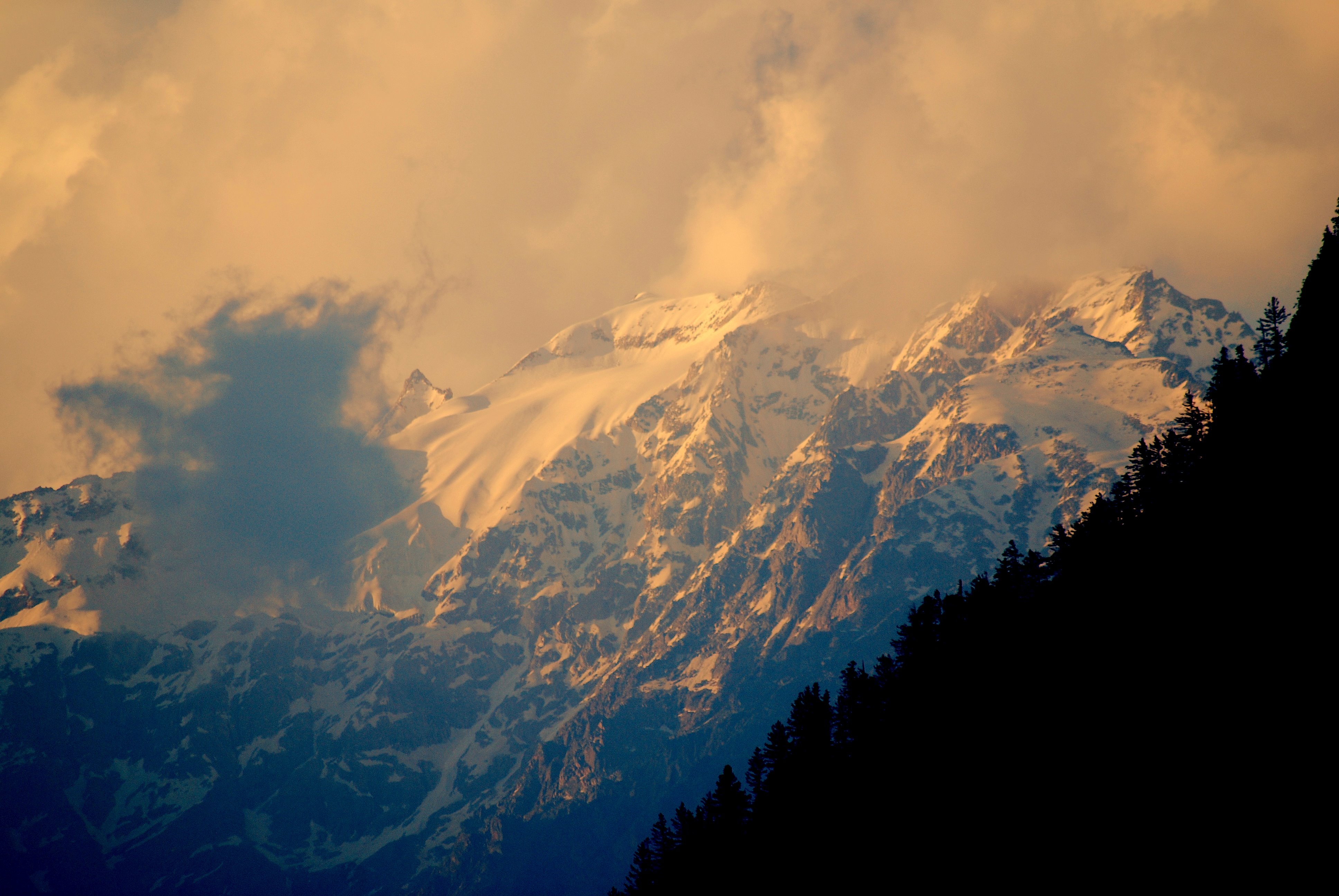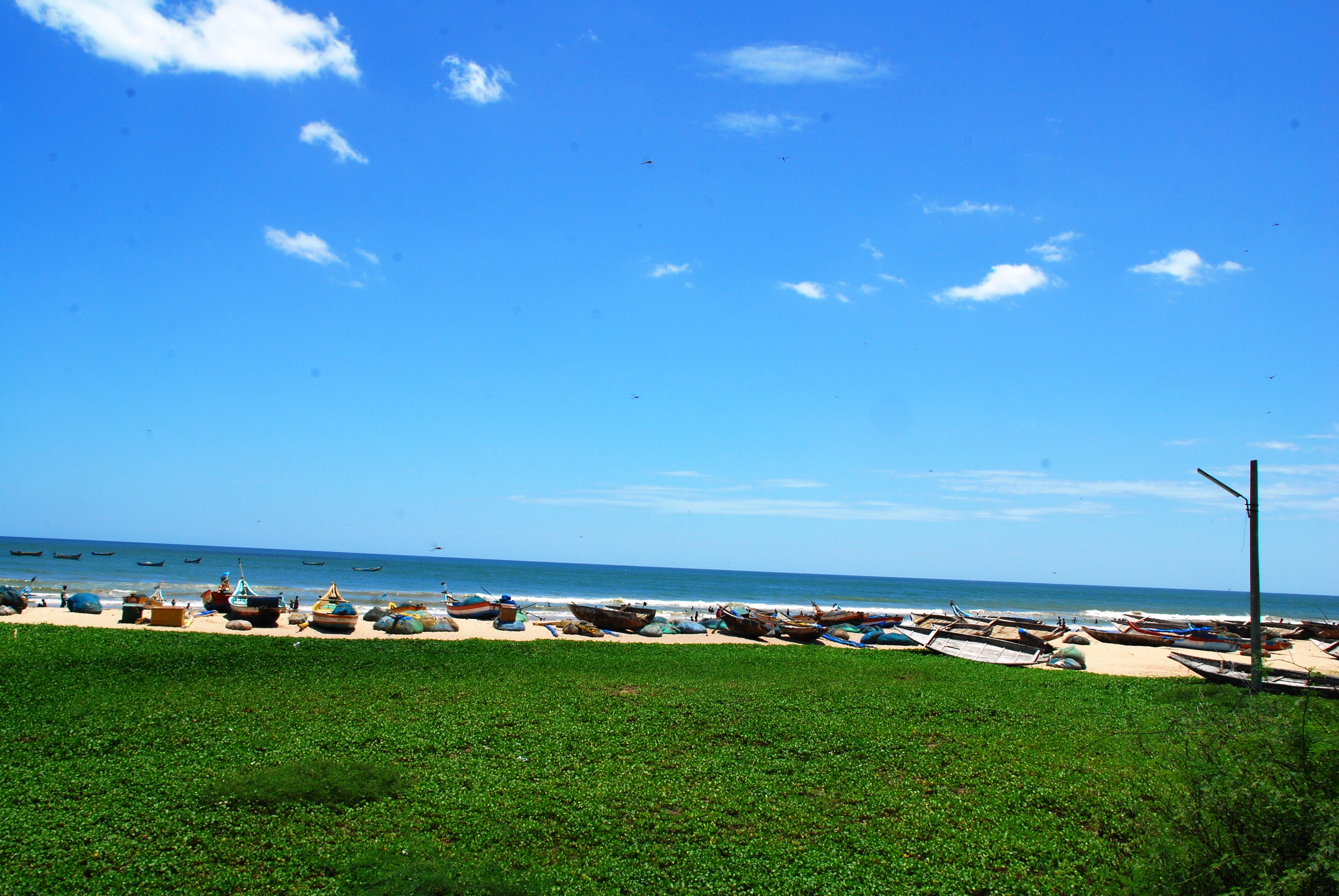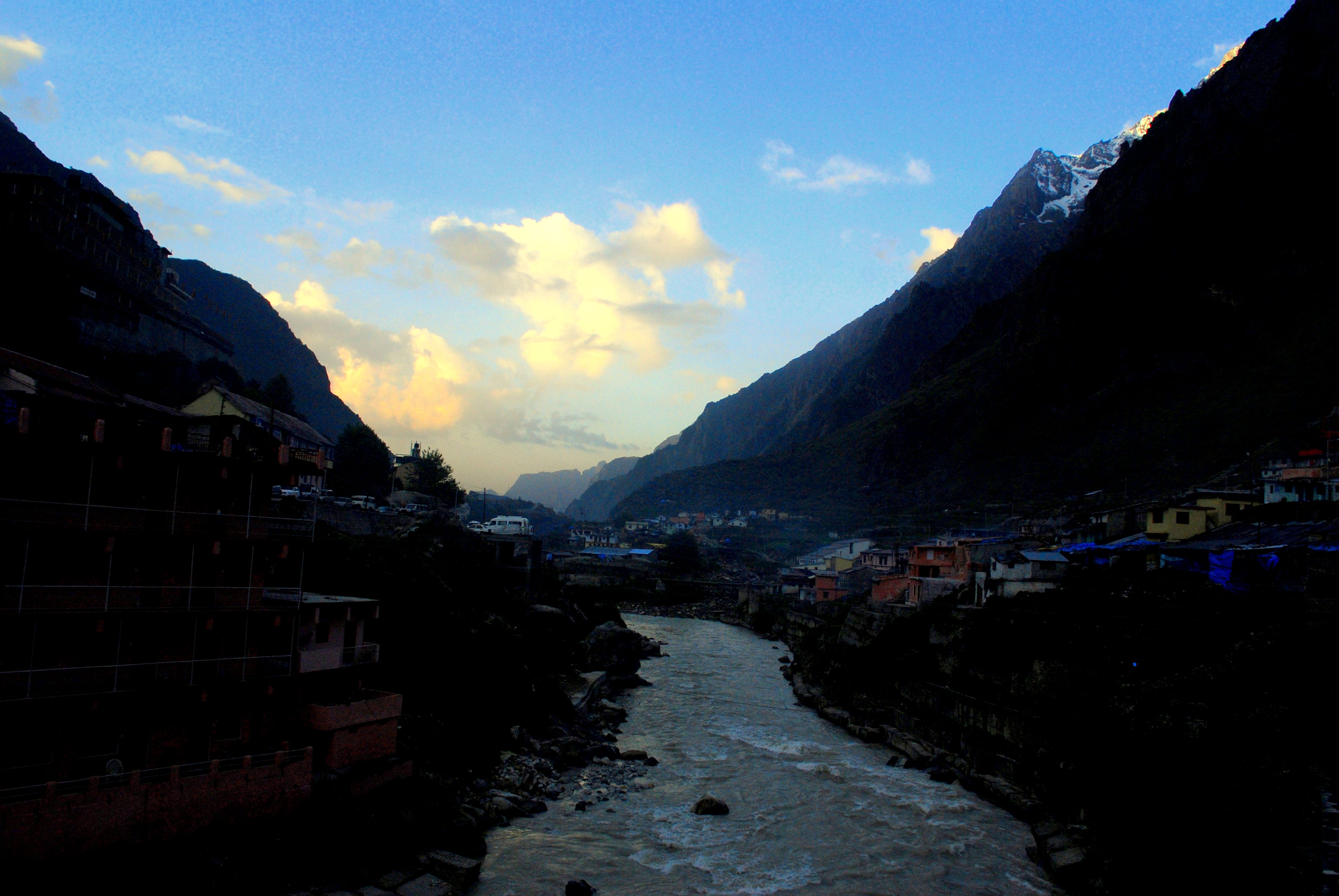 Indus Valley Civilization is the oldest civilization in the history of Himalayas. Archeological facts pinpoint that urban civilization bloomed from Himalaya regions like Mohenjo-daro and Harappa. As time went by and people of Himalaya habituated themselves to different modes of living, Himalayas became an active trade center especially Trans-Himalayan region. This to a greater extent is the contribution of Silk Route which brought together traders from Central Asia, South Asia and many other regions to Himalayas after Silk Route became the key destination during the early Han dynasty i.e. 206 BC to 8 AD. This bonded people from India, China, Afghanistan, Nepal, and Bhutan topographically, socially, culturally, and religiously. Himalaya gained its religion significance with the civilization of early Aryans who used to revere and worship Himalaya as the adobe of Gods and Goddess.
Indus Valley Civilization is the oldest civilization in the history of Himalayas. Archeological facts pinpoint that urban civilization bloomed from Himalaya regions like Mohenjo-daro and Harappa. As time went by and people of Himalaya habituated themselves to different modes of living, Himalayas became an active trade center especially Trans-Himalayan region. This to a greater extent is the contribution of Silk Route which brought together traders from Central Asia, South Asia and many other regions to Himalayas after Silk Route became the key destination during the early Han dynasty i.e. 206 BC to 8 AD. This bonded people from India, China, Afghanistan, Nepal, and Bhutan topographically, socially, culturally, and religiously. Himalaya gained its religion significance with the civilization of early Aryans who used to revere and worship Himalaya as the adobe of Gods and Goddess.
As Himalayas became accessible to outside world, Trekking and Mountaineering in Himalaya gained overwhelming popularity. In 1949 Nepal graced travelers from different parts of the world an opportunity to tread on its territories. During this year team of mountaineers led by Sutter – Lohner entered east Nepal using the route of Darjeeling. The team explored Ramtang Glacier, Kang Bachen peak [7902m] and the triangle of Drohmo [7008m], Jongsang peak [7473m] and Nupchu [7028] on the Nepal – Tibet – Sikkim border. They even climbed Tang Kangma [6249m] and Dzange peak [6709m] before heading back home via Darjeeling. In 1950 Annapurna [8091m] marked itself as the first peak to be scaled.
Mount Everest, the highest mountain in the World that rests in Nepalese Himalaya, was officially opened for commercial mountaineering in the early 1920s. Mount Everest was named after Sir George Everest in 1852. It also has other local names; Sagarmatha in Nepal and Chomolungma in Tibet. Tenzing Norgay and Sir Edmund Hillary are the two greatest historical legends who climbed almighty Mount Everest for the first time in the history of Himalaya in May 1953. After determination of Mt. Everest, no climber had been a scaled mountain of Nepal till 1949. Next, Nanga Parbat [8125m] became the third peak to be climbed. Thereafter, Himalaya welcomed several of its peak summits. Reinhold Messner is another name most remembered in the history of Himalaya mountaineering. His most fondly reminisced ascent is the one that he made to Rupal Face of Nanga Parbat which is in northern Pakistan at an altitude of 8,126m.
In the days of colonial period, hill stations of Shimla and Darjeeling in the Lesser Himalayas were used to be a summer retreat for escaping the heat of cities in India. Bedsides trekkers, mountaineers and adventure seekers, Himalaya has had innumerable visitors like geologists, geographers, naturalists, artists, poets, photographers etc. Himalayas from time immemorial has held the religion faith of Hindus, Buddhists and Jains. Several books, movies and documentaries have been made on the Himalaya till date





Comments
the divine abode of Parvati Parameswar…
wowowowowowowowowowowowow